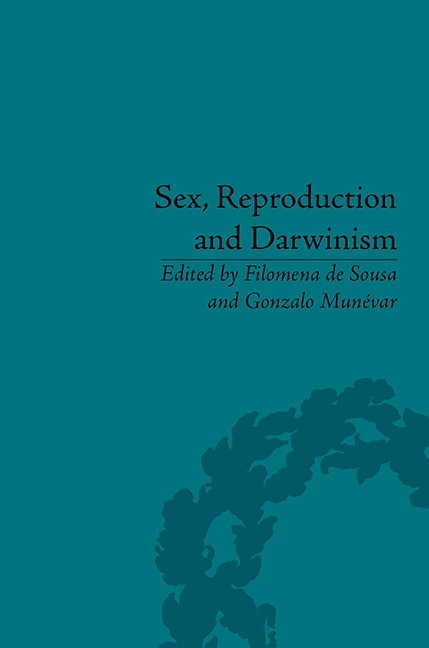Book contents
- Frontmatter
- CONTENTS
- Acknowledgements
- List of Contributors
- List of Figures and Tables
- Introduction
- Part I Reproduction, Mortality and Evolution
- Part II Reproduction without Sex?
- Part III Sex without Reproduction?
- Part IV Sexual Selection and Morality
- Part V Sex, Reproduction and Evolutionary Psychology
- 10 Symmetry and Evolution: A Genomic Antagonism Approach
- 11 Beauty, Bacteria and the Faustian Bargain
- Part VI Eugenics from Natural to Social Selection
- Notes
- Index
11 - Beauty, Bacteria and the Faustian Bargain
from Part V - Sex, Reproduction and Evolutionary Psychology
- Frontmatter
- CONTENTS
- Acknowledgements
- List of Contributors
- List of Figures and Tables
- Introduction
- Part I Reproduction, Mortality and Evolution
- Part II Reproduction without Sex?
- Part III Sex without Reproduction?
- Part IV Sexual Selection and Morality
- Part V Sex, Reproduction and Evolutionary Psychology
- 10 Symmetry and Evolution: A Genomic Antagonism Approach
- 11 Beauty, Bacteria and the Faustian Bargain
- Part VI Eugenics from Natural to Social Selection
- Notes
- Index
Summary
Introduction
According to Stephen J. Gould, we live in the age of bacteria. Indeed since life began on this planet more than three billion years ago it has always been, and probably always will be, the age of bacteria. Their numbers are staggering, now estimated to be more than five million trillion trillion, far exceeding the population of all other independent living organisms. They are in us, on us and all around us. On a cellular count, ‘our body’ is mostly bacteria. Only about 10 per cent of our cells contain human DNA while the rest are bacterial cells that inhabit our intestines, our mouth, or eyes, our nose, our hair and every other exposed crevice of our body. They are both our best friends and our worst enemies, and we are only beginning to understand the paramount role they have played in unconsciously shaping human sexuality and mate choice.
Parasites: Friends and Foes
About 2.8 billion years ago, long before the evolution of plants, it was bacteria (cyanobacteria) that oxygenated the earth's early atmosphere, turned the sky blue and converted inert atmospheric nitrogen into the fixated form required by all plants and animals. By appropriating these two magical chemistries, photosynthesis and nitrogen fixation, the earth's green plants became the primary producers in the food chain and the dominant energy supply on which all animal life depends.
- Type
- Chapter
- Information
- Sex, Reproduction and Darwinism , pp. 165 - 172Publisher: Pickering & ChattoFirst published in: 2014

